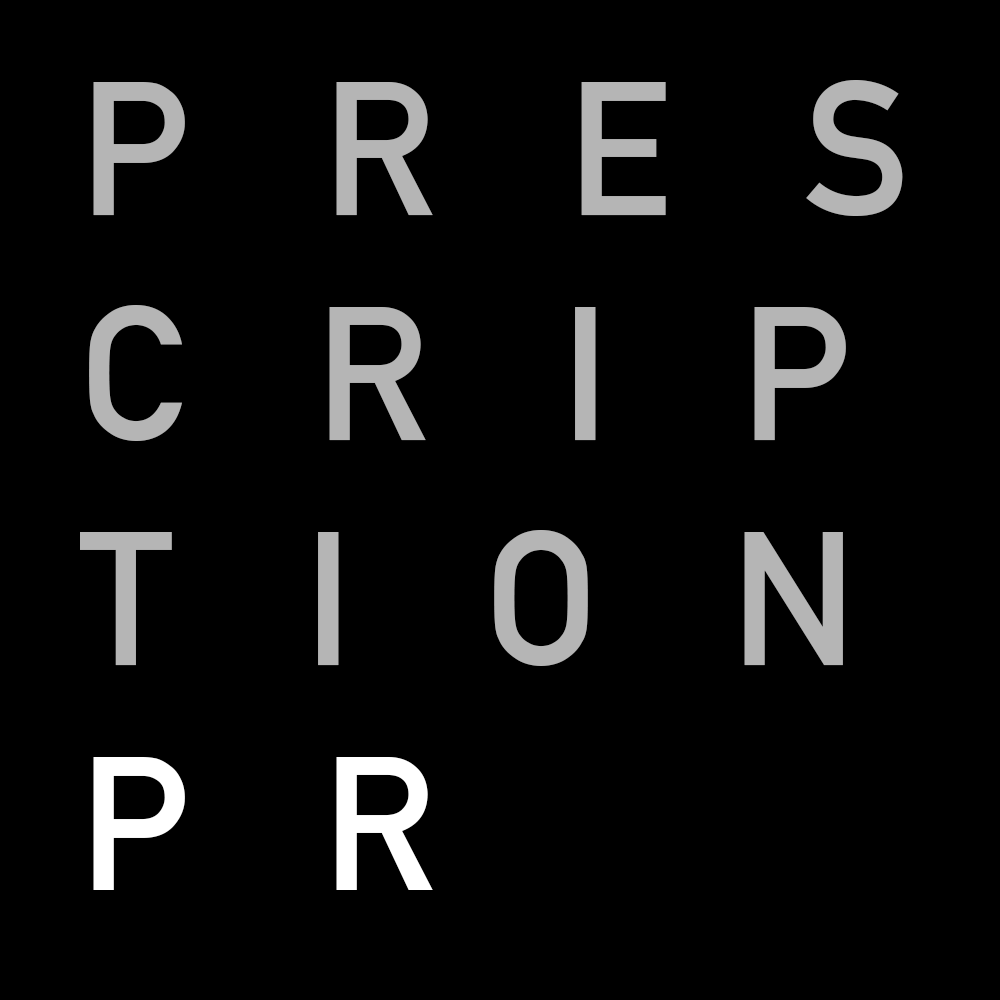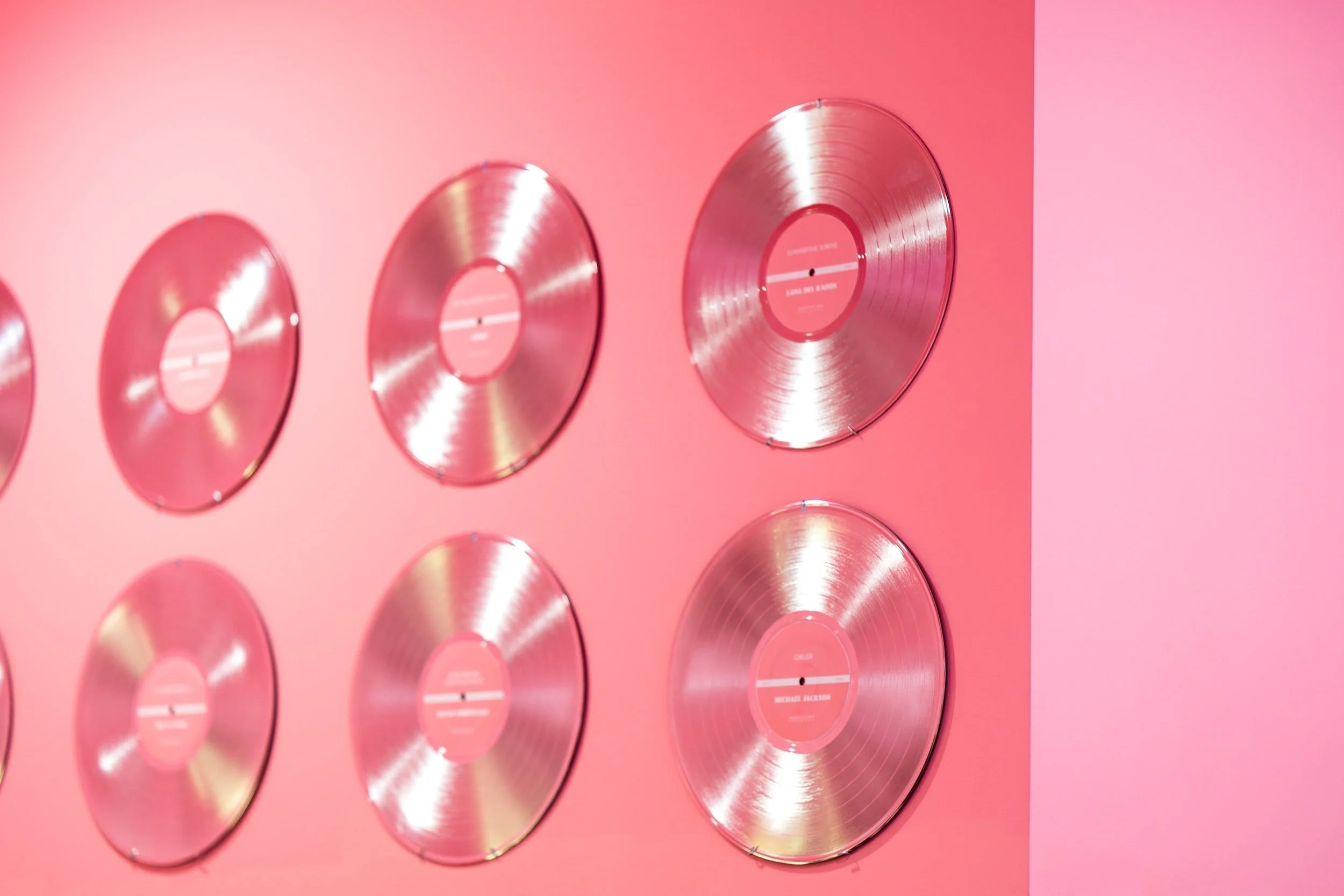How to chart in the UK
For most artists, getting into the charts is a key measure of success; the ultimate ambition.
And in some ways, it’s easier to achieve this goal than ever before. This is because the streaming revolution (for all its downsides) has given musicians something very valuable: the ability to cheaply and easily distribute music to a global audience.
Before the likes of Shopify, Apple Music and so on came along, distribution — a key pre-requisite for charting — was one of the hardest things for musicians to access.
Sure, you could print up your own singles and albums, but getting them into shops, and thus making your music chart eligible, was next to impossible without a serious record deal.
The situation has now changed radically, with musicians not only having access to global digital distribution, but online advertising platforms and social networks that can be used to promote their music too.
Used in smart ways these tools have the power to propel independently-released tracks into the UK charts.
But what do you need to do to make sure that your releases stand the best chances of charting?
Well read on, because in this post I’m going to explain all that.
1. Register your release the right way
To have any chance of getting into the official UK charts, you need to ensure that you have registered your releases with the relevant organisations.
For digital formats, you’ll need to embed an ISRC (International Standard Recording Code) on each track. The Official Charts Company, which compiles the UK charts, can only track streams of songs if they have one.
To create ISRCs, you’ll need to join and then contact PPL (Phonographic Performance Ltd, the UK’s music licensing company), who issue these codes.
For physical formats (CD, vinyl, cassette), you’ll need to obtain a catalogue number and barcode. Your CD / vinyl manufacturer will often be able to advise on how to get both of these; and you can also find more information about barcodes on the GS1 website too (GS1 is an industry body that issues them).
2. Meet the chart rules
Your music can’t chart unless it meets the rules set by the industry body that compiles the charts — The Official Charts Company.
These specify what formats and lengths tracks should be in to be eligible to chart, and prohibit things like buying multiple copies of your own record, offering cash or other sweeteners to chart reporting retailers or interfering with equipment that is used to track sales.
You can download the singles chart rules and the album charts rules below:
(Other sets of rules exist for video charts and classical music charts — you can view the complete sets on the Official Charts Company’s website).
3. Ensure you are selling your music via chart reporting retailers
You can’t get into the charts unless the people selling it are letting The Official Charts company know about your sales.
Accordingly, you need to make sure that wherever possible, your music is being sold by ‘chart reporting retailers.’
When it comes to digital releases, this is usually not terribly hard to sort out — The Official Charts company uses data from the major streaming platforms (Spotify, Apple Music, Deezer etc.) to compile its charts, and so long as you’ve got an ISRC code on your track and are using an established digital distribution platform (TuneCore, DistroKit etc.), your tracks should be chart eligible once uploaded.
As for ensuring that physical copies of your albums are chart eligible, the trick is to get them into record shops that report their sales to the Official Charts Company.
Now, this is usually a tricky endeavour for independent artists — getting distribution for physical releases is still very difficult (more difficult than ever, in fact, now that there is less shelf space available for CDs and records).
However, if you can’t get physical copies of your music into record shops, all is not lost: there are still ways to report sales of them to the Official Charts Company.
If you’re selling your CDs and records online, you can use a store building tool that send sales data to the Official Charts Company.
Music Glue is probably the best-known example of a platform that does this: it lets you build an online store for selling records and CDS, with all sales being reported to the Official Charts Company.
Using Music Glue can work out more expensive than using more commonly-used online store builders like Wix or Shopify, but if you are selling very large quantities of physical releases, doing so can make sense.
If you’re selling a lot of CDs and records at gigs, you may be able to make use of a system called ‘Lightning Live’ that reports sales of your CDs and vinyl to the Official Charts Company. You’ll need to contact the company to discuss this.
4. Sell enough music!
The final step in all this involves generating enough sales or streams of your music to actually chart!
This is obviously the hardest part of the process, but there are enough examples out there of independent artists charting successfully to give you some hope on that front.
What’s rather difficult to work out however is precisely how many streams or sales you need for a track to get it into the charts. The Official Charts Company doesn’t make this data publicly available — to get it, you’ll need to pay the Official Charts Company for access to its ‘B2B music data service.’
The company does occasionally publicise particularly impressive sales and streaming data, however. For example, in 2021, it posted a blog post highlighting that in securing a UK number one chart position for her ‘Easy on Me’ single, Adele sold 217,300 copies of the song and generated 24 million streams of it in one week.
While Adele is obviously more of an ‘outlier’ artist than most (!), these figures might help you get a very rough idea of the number of sales / streams you might need to get to the top of the pops.
The bottom line: a lot.
It’s also worth pointing out that track formats are not treated equally when the charts are being compiled. While a purchase of a song in vinyl, CD or MP3 format simply counts as one sale in the eyes of the chart, you’ll need to get 150 streams of the same track on a premium streaming service — i.e. from listeners who pay a monthly subscription — to get that same ‘sale.’
(And if the track is not a new release, 300 streams equates to one sale.)
Wrapping up
To sum up, charting in the UK isn’t easy (but never was!). However, in this digital world we now live in, a good tune, a good strategy, a good music PR company plus some good luck can lead to nice charting surprises.
The key thing to remember is to tick all the organisational boxes before releasing music, so that if you are in the fortunate position of one of your tracks getting a lot of attention and plays, the UK Charts Company know all about it.
Good luck!


